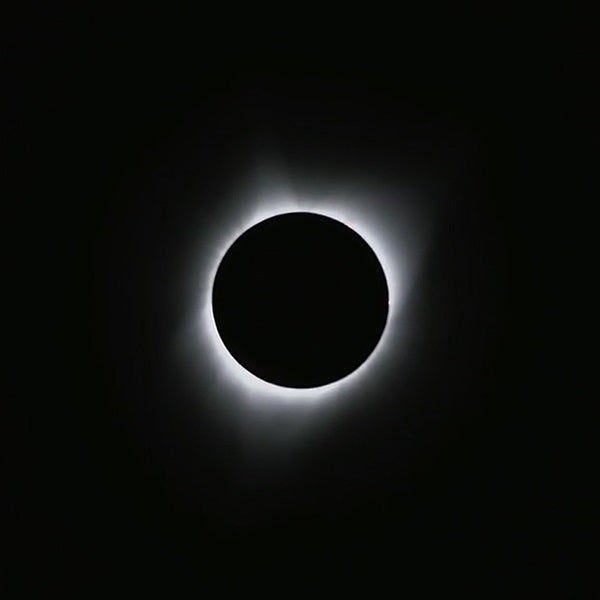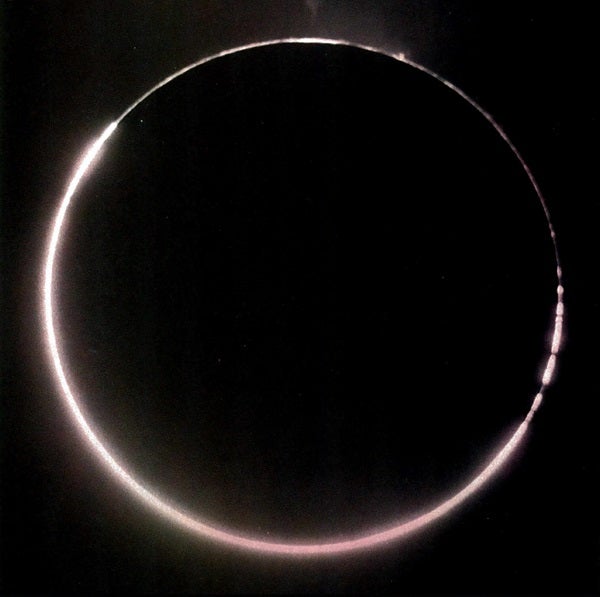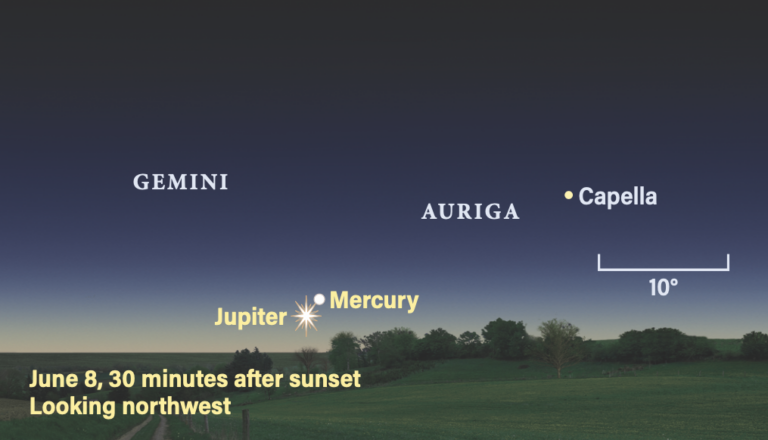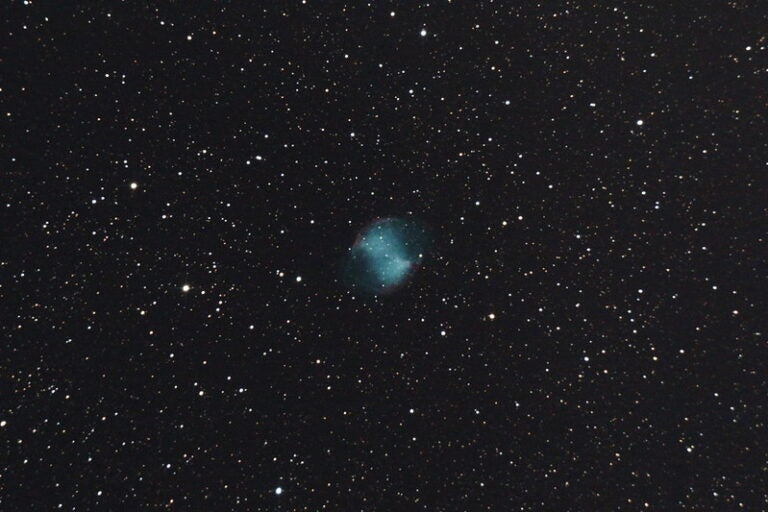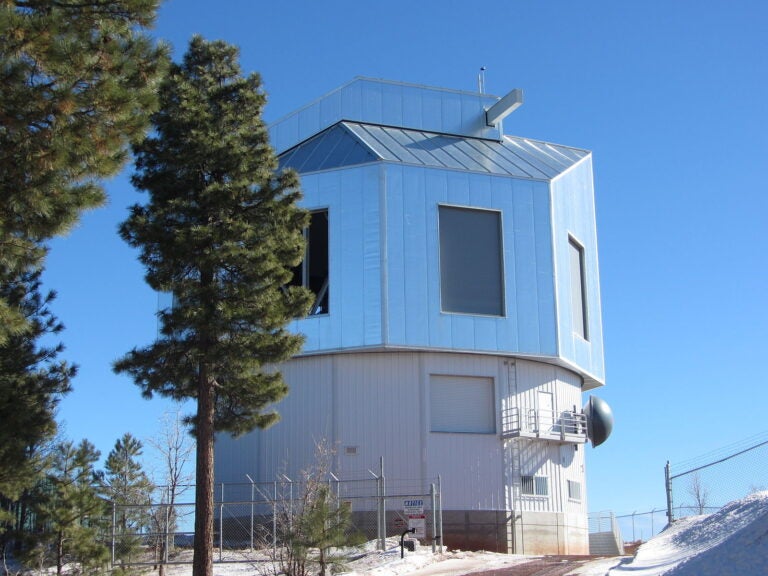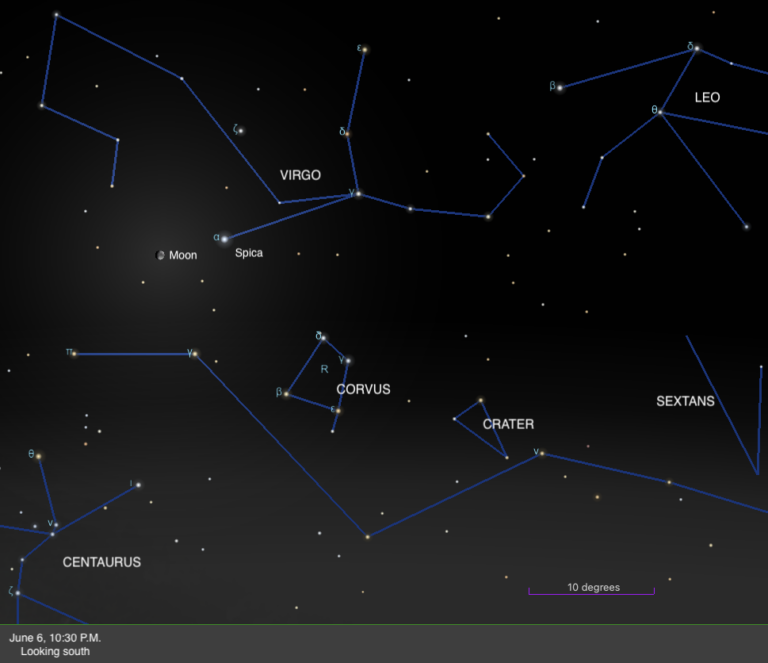Flash forward nearly a third of a century. My wife, Joy, and I traveled from our home in Athens to the small northeast Georgia town of Toccoa, where totality would last for 1 minute and 59 seconds. In 1984, the annular eclipse was at its maximum for only 9 fleeting seconds. It was a brief but amazing cosmic event that was but a preview of this year’s total eclipse of the Sun.
Toccoa is a charming town of about 8500 people that hosted an influx of eclipse viewers on August 21. Traffic jams plagued many of the roads in Georgia on eclipse day, but the highways to Toccoa were clear. Townspeople and out-of-town eclipse chasers waited patiently for the big event, which local businesses and civic groups touted as “Totally Toccoa Eclipse 2017.”
When I viewed the May 30, 1984, annular eclipse from the tiny hamlet of Maysville, Georgia, the weather that day was crisp and the sky was clear — perfect eclipse weather. In Toccoa on August 21, the weather was hot as the Sun performed its disappearing act but the sky was once again clear and blue.
During the 1984 annular eclipse, I viewed the event with a projection plate attached to a 2.4-inch refracting telescope. “Baily’s Beads,” caused by sunlight peeking through lunar mountains and valleys, were visible, as was the planet Venus in the briefly darkened face of the Sun. The celestial show was even better on August 21. The unaided eye could take in the whole performance during the moments of totality.
During both eclipses, the sky darkened to a twilight cast, streetlights blinked on in the ersatz evening, the temperature dropped noticeably, crickets chirped, and a brilliant Venus was visible in the sky near the Sun. There the similarity ends. The totality in Toccoa was a magical, mystical and majestic experience that was both scientific and spiritual. It brought to mind the words of William Wordsworth: “ … a lovely apparition sent to be a moment’s ornament.”
From our vantage point on August 21, Joy and I marveled at the “diamond ring effect” that lived up to its name during the Toccoa eclipse. Then we beheld the silvery corona of the Sun’s super-hot atmosphere like a gleaming halo around the face of our life-giving star. The corona is invisible and the diamond ring does not occur during an annular eclipse, so people who traveled to zones of totality like Toccoa enjoyed a transient but unforgettable experience that they will treasure all their lives.
The Great American Eclipse of 2017 was cosmic choreography that left its audience both humbled and uplifted. When the total eclipse sky show returns to the United States in 2024, more large audiences of Americans will be ready for a repeat performance of an unforgettable show.

